Update on HPAI detection in Australia and the US
Published on 30 May 2024.
Information provided by the Ministry for Primary Industries (MPI).
Update on the HPAI detection in Victoria, Australia
Avian influenza has been detected on two poultry farms in Victoria, Australia. According to Agriculture Victoria, the first infected property near Meredith is confirmed to have the H7N3 strain of avian influenza, and the second infected property near Terang is confirmed H7N9.
These properties have been placed in quarantine and all poultry will be safely disposed of and the sites cleared of the infection. Movement controls have been issued, including a housing requirement for all birds within the restricted areas and control areas in Meredith and Terang. Under the housing requirement, all poultry farmers, backyard flock and bird owners must house or keep their birds enclosed in cages or sheds as practically as possible.
Agriculture Victoria staff are working closely with industry to contain and eradicate the virus. Contact tracing is also underway to determine the source and spread of the infection.
Updates are available at https://agriculture.vic.gov.au/biosecurity/animal-diseases/poultry-diseases/avian-influenza-bird-flu
These infections are likely locally acquired from wild birds. Australia has had several isolated and contained outbreaks of high pathogenicity avian influenza in commercial poultry in the past, but not the H5NI strain that has travelled down south America and reached Antarctica.
Low pathogenicity avian influenza (H9N2) has been detected in a small-scale poultry operation in the Southwest of Western Australia. This is not connected to the situation in Victoria. H9 strains of avian influenza are known to occur in wild bird populations including in Western Australia, which is the most likely source of introduction.
A case of avian influenza A (H5N1) human infection has also been reported in Victoria, which is the first human case of H5N1 avian influenza in Australia. The case occurred in a child who acquired the infection in India and was unwell in March 2024. The avian influenza virus was detected through further testing of positive influenza samples that takes place to detect novel or concerning flu virus strains, as part of Victoria’s enhanced surveillance system. There is no evidence that the H5N1 strains of avian influenza circulating globally can be spread easily from human to human. In this case, contact tracing has identified that there is no evidence of onwards spread to people.
Update on the detection of HPAI in cattle in the US
The USDA’s Food Safety and Inspection Service has conducted tests on beef tissue from 96 cull dairy cows. Meat from condemned cows is prohibited from entering the food supply. On May 22, 2024, viral genetic material was detected in tissue samples, including muscle, from one of those cows. The remaining samples tested negative for viral genetic material.
USDA is confident that the meat supply is safe. USDA has a rigorous meat inspection process, which includes Food Safety and Inspection Service veterinarians who are present at all federal livestock slaughter facilities and inspection of each animal before slaughter. All cattle carcasses must pass a second inspection after slaughter and be determined to be fit to enter the human food supply.
For the latest information go to https://www.aphis.usda.gov/livestock-poultry-disease/avian/avian-influenza/hpai-detections/livestock
U.S. government partners are working on a wide range of studies looking at milk along all stages of milk production, including on the farm, during processing and on shelves. The FDA has recently released additional information on its retail sample survey - https://www.fda.gov/food/alerts-advisories-safety-information/updates-highly-pathogenic-avian-influenza-hpai#testing
It continues to advise that the commercial milk supplies remain safe as it is pasteurised.
Should HPAI arrive in New Zealand, we will need to be alert for spillover events of any type. Reporting of unusual clinical signs and robust on-farm biosecurity will be our most important measures: biosecurity at the farm level to stop disease from getting in, early reporting if it does and further good practice to keep anything from spreading between farms.
Food safety requirements in New Zealand for both pasteurisation of milk and examination of carcasses for red meat consumption are comparable to the US, meaning both commercial milk supply and meat supply would be safe for consumers.
Te Niwha Q&A on our preparedness for avian influenza
Last week MPI Chief Veterinary Officer, Mary van Andel, participated in a panel Q&A session hosted by Te Niwha. It was a great opportunity to hear from a range of experts and specialists on what we’re doing to prepare for HPAI. You can watch the webinar or read through the Q&As on the website: https://www.teniwha.com/news/q-and-a-on-avian-influenza
